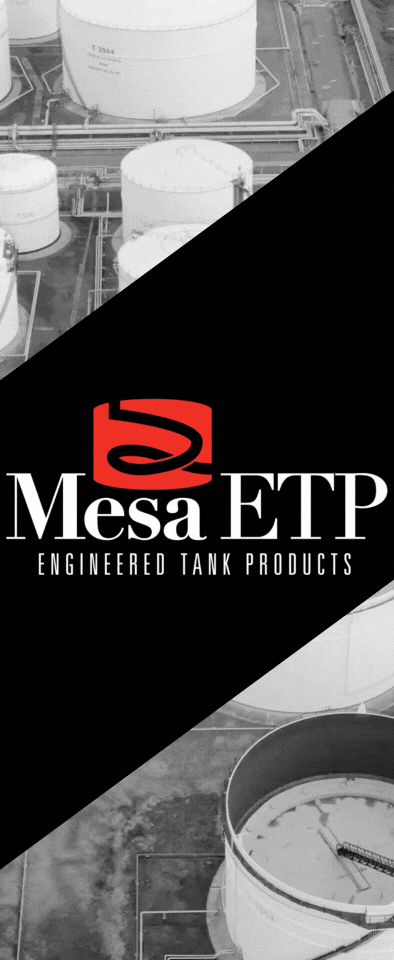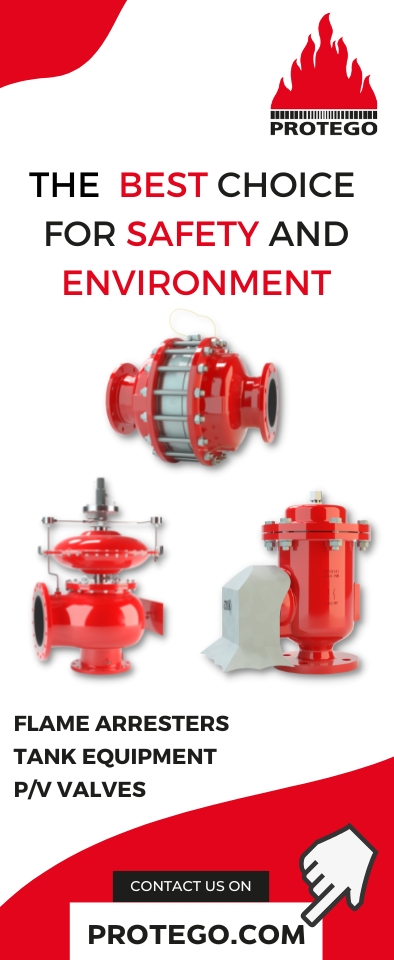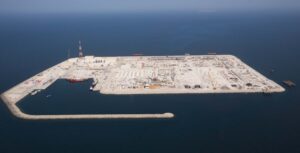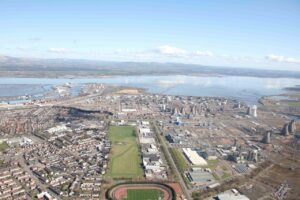Protego’s Thorsten Schaper explains how optimising the set pressure of tank breather valves can help reduce emissions and nitrogen consumption
Breather valves have an important role to play in reducing emissions at a tank farm.
The following case study takes a fuel tank farm that has been in operation for 12 years and demonstrates how the optimal design for breather valves prevented the loss of emissions – and
potential product – into the atmosphere. Understanding how the existing valves work, the achievable maximum leak rates and the manufacturer’s sizing tool allowed the operator to independently improve their terminal.
The Facts
In this case, nitrogen-covered storage tanks for gasoline are examined for the possibility of reducing emissions. The tanks are built according to the API 620 standard and are equipped with breather valves according to API 2000 for normal tank breathing and the so-called fire case.
The given operating data: The tank design pressure (TDP) is 5.0 kPa, the maximum operating pressure is 1.0 kPa and the pressure control valve supplies nitrogen from the grid at less than 0.4 kPa operating pressure.
The aim of the improvement measure: By using the maximum allowable accumulated tank pressure, the aim was to increase the valve set pressures to achieve the greatest possible pressure difference between the operating pressure and the set pressure of the tank breather valve.
Increasing Valve Setting Pressures
The tank designed according to the API 620 standard allows a maximum allowable accumulated pressure (MAAP) of 120% TDP, i.e. a maximum of 6.0 kPa. By changing the valve set pressure of the emergency relief valve to 4.9 kPa and using the manufacturer’s so-called 10% technology, the full performance of the valve is already achieved at approx 5.4 kPa relief pressure.
It is important to know at which pressure the manufacturer tests the leak rate of the valve. In this case, according to the API 2000 standard for tank breather valves, the test is carried out at 75% of the set pressure. So the test pressure for the leak rate is 3.7 kPa.
When considering the pressure/vacuum relief valve for normal tank breathing, two aspects are important for changing the valve set pressure:
- Sufficient distance between the maximum operating pressure to the set pressure or the pressure at which the leak rate has been checked by the manufacturer.
- Sufficient distance between the relieving pressure of the fully open breather valve and the pressure at which the leakage of the emergency vent valve – in this case 3.7 kPa – was measured.
It is therefore necessary to prevent the tank breather valve from being set so that the maximum operating pressure of the tank reaches or exceeds the pressure of the leak rate test. Otherwise, significant leakage or unnecessary loss of nitrogen would result.
When the breather valve opens and the full venting capacity is achieved, it is also of great importance that a sufficient pressure difference is maintained to the pressure of the leakage check of the emergency vent valve. If this is not the case, very high nitrogen losses via the emergency vent valve are unavoidable.
The setting pressure of the tank breather valve has been increased to 3.2 kPa. This valve is already fully open after a 10% increase in pressure and thus reliefs the required capacity at 3.52 kPa. The leakage, in turn, was checked at only 90% of the set pressure, i.e. at 2.9 kPa.
The implemented changes to the valve adjustment pressure have achieved the following:
- The increased distance between the operating pressure of 1.0 kPa and the achievement of the leakage test pressure of 2.9 kPa ensures that the valve is operated at a significantly better leak rate than agreed with the manufacturer. The result is the lowest possible loss of nitrogen during normal operation. The leak rate of this valve is under control.
- The increase in the set pressures ensures that there is no cascade effect between the achievement of the relieving pressure of the tank breather valve and the set pressure of the emergency relief valve. The leak rate of this valve is also controlled.
The conversion should be carried out in a valve workshop by trained staff who are in regular contact with the manufacturer, use the necessary original spare parts and have a suitable valve test bench that is able to check set pressure and leak rate measurement. The changes made must be recorded.
Conclusion
When selecting the valves or creating specifications, the following considerations should be made:
- What is the expected maximum operating pressure?
- What is the maximum allowable tank overpressure?
- What maximum pressure increase is acceptable from the set pressure of the tank breather valve to the full opening resp. reaching of the volume flow to be discharged?
- At what pressure in relation to the set pressure does the manufacturer check the leak rate of the valve?
- According to which standard or values does the manufacturer test the leak rate?
- In tanks with several differently adjusted valves, does the optimal selection of the set pressures ensure that cascade effects do not occur between the valves?
- Is there a suitable or authorised valve shop available for maintenance or any conversions?
- Is the selected maintenance company able to check the setting pressure and leak rate and ensure their quality over the life cycle of the breathing valve?
Proper design of tank breather valves can help minimise product emissions and nitrogen losses, which in turn reduces operating costs and helps the operator control normal emissions.
The greatest possible pressure difference between the maximum operating pressure and set pressure or pressure of the leakage measurement of the breather valve is vital, especially when the product vapours of a tank must be fed to a recovery system. This is how terminal operators can best meet possible environmental requirements.
Visit Protego on stand L30 at StocExpo 2025 at the Rotterdam Ahoy.

